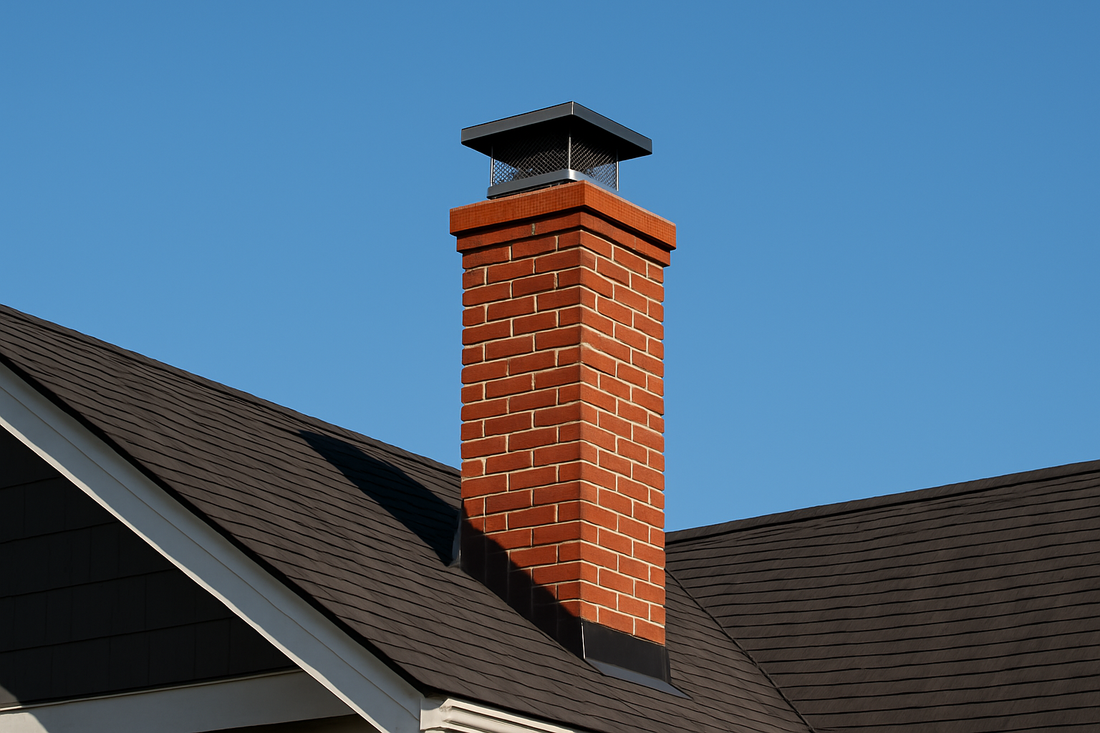
Unique Challenges for Chimneys in Big Bear Mountain Homes
Share
Life in Big Bear offers breathtaking mountain views, snowy winters, and cozy nights by the fireplace. But while a warm fire is part of the charm, mountain living also brings unique challenges for chimneys that homeowners should be aware of. Because of Big Bear’s altitude, weather conditions, and wildlife, chimneys here face issues that may not be as common in other places.
Here are some of the unique challenges for chimneys in Big Bear mountain homes:
1. Snow, Ice, and Freeze-Thaw Damage
At higher elevations, Big Bear gets heavy snowfall and freezing temperatures. Water seeps into small cracks in the chimney masonry, and when it freezes, it expands—causing bigger cracks and structural weakening over time. This freeze-thaw cycle is one of the leading causes of chimney deterioration in mountain homes.
Solution: Regular inspections and waterproof sealants help protect masonry from moisture. A properly built crown and cap can also keep water out of vulnerable areas.
2. Creosote Buildup from Frequent Use
With long, cold winters, fireplaces in Big Bear are used often. This leads to faster creosote buildup, a highly flammable substance that can ignite and cause chimney fires if not cleaned out regularly.
Solution: Schedule annual (or even seasonal) chimney sweeps to keep your flue clear and safe. Burning seasoned hardwood also reduces creosote formation.
3. Animal and Debris Blockages
Mountain wildlife such as squirrels, raccoons, and birds sometimes seek shelter in chimneys, especially if they’re not capped. Fallen pine needles, leaves, and twigs can also clog the flue, restricting airflow and creating fire hazards.
Solution: Installing a sturdy chimney cap prevents animals and debris from entering while still allowing smoke to escape.
4. High Winds and Storm Exposure
Chimneys on mountain homes are more exposed to high winds and storms, which can loosen flashing, damage caps, or even shift masonry over time. This makes chimneys in Big Bear more vulnerable to leaks and draft problems.
Solution: Inspect flashing and caps after storms, and repair any damage quickly. Reinforced chimney caps can withstand mountain winds better than cheaper models.
5. Altitude Effects on Draft
At higher elevations, the air is thinner, which can affect how well a chimney drafts smoke out of the home. Poor drafting can cause smoke to spill back inside, reducing comfort and safety.
Solution: A professional chimney sweep can evaluate draft problems and may recommend resizing the flue, adding a draft-inducing chimney cap, or adjusting airflow.
Final Thoughts
Chimneys in Big Bear homes face unique mountain-specific challenges, but with the right maintenance, homeowners can keep them safe and efficient year-round. Regular inspections, seasonal cleanings, and preventive repairs go a long way in protecting your investment and ensuring cozy fires on cold nights.
If you own a Big Bear mountain home, don’t overlook chimney care—partner with a trusted local chimney professional to handle these unique challenges before they become costly problems.
